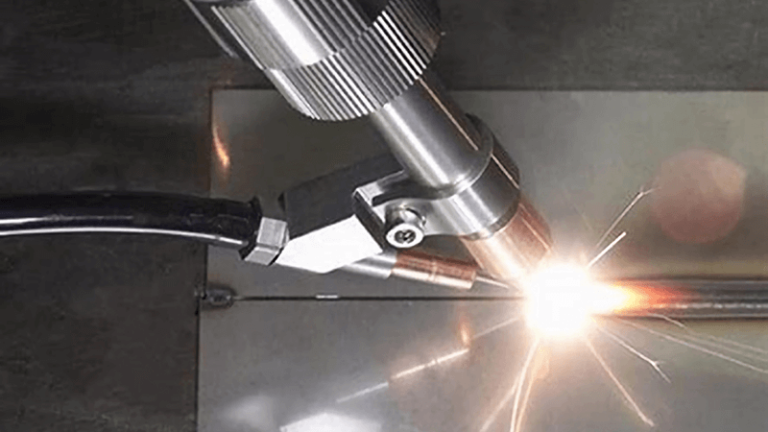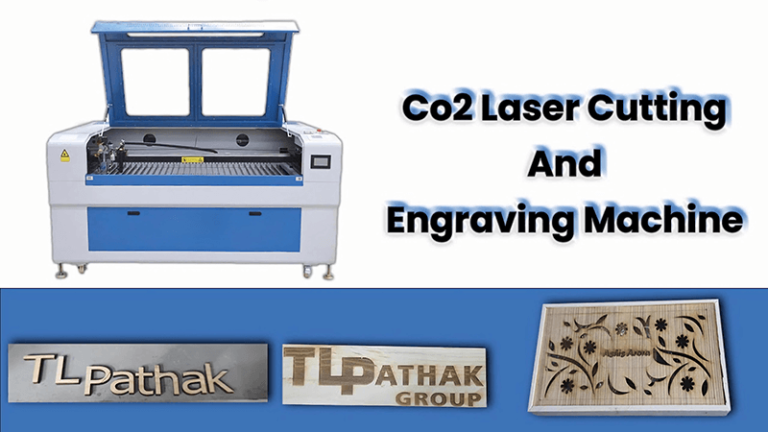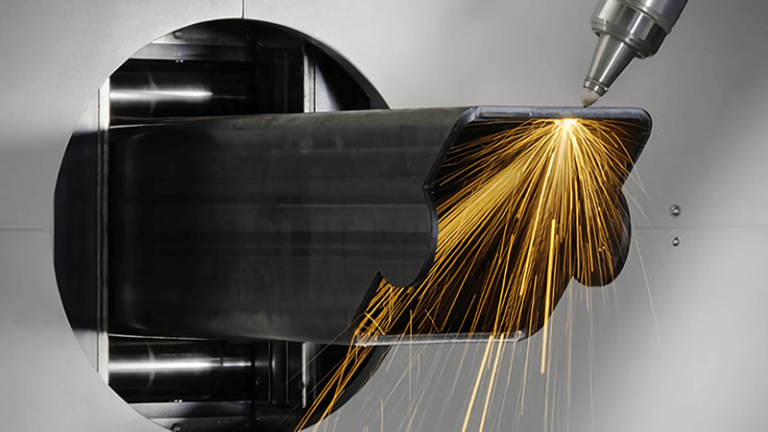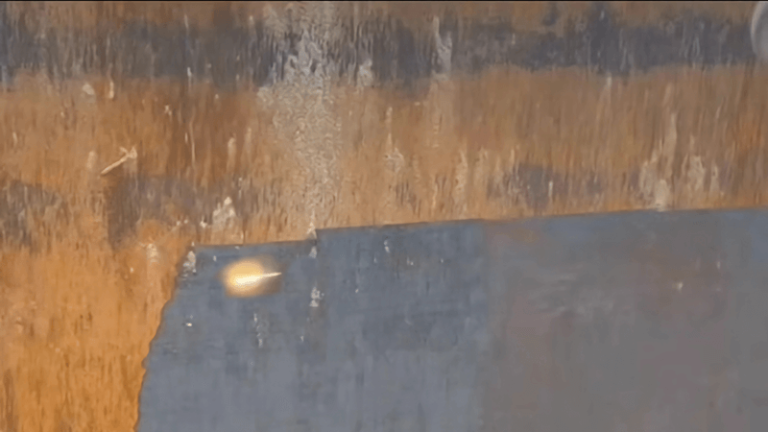Rust can be a stubborn and frustrating problem in any restoration project. Whether you're working on a classic car, a piece of industrial equipment, or even a historical artifact, rust often becomes the arch-nemesis of your efforts. Traditional methods, like sandblasting or chemical treatments, might get the job done—but not without drawbacks like damage to the base material or harmful environmental impacts. So, what's the solution? Enter the laser light rust remover—a game-changer in the world of restoration.
A laser light rust remover offers a clean, precise, and eco-friendly way to tackle rust without compromising the integrity of the underlying material. It allows you to achieve superior results with minimal effort and environmental impact, making it a compelling choice for any restoration enthusiast or professional.
But how exactly does this technology work, and why should you consider it for your next project? Let's dive in and uncover the benefits that make laser rust removal the go-to choice for restoration professionals worldwide.
What is a Laser Light Rust Remover?
A laser light rust remover is a cutting-edge tool that uses focused laser beams to remove rust, corrosion, and other surface contaminants a metal surface without affecting the surrounding material.. Unlike abrasive methods like sandblasting or harsh chemical treatments, laser rust removers are non-contact and non-abrasive. This means they don’t wear away the material you’re working on, making them perfect for delicate and high-precision jobs.
Laser rust removal is quick, efficient, and clean. It leaves no residue and requires no chemical agents. This makes it ideal for sensitive environments and applications where maintaining the original surface integrity is crucial.
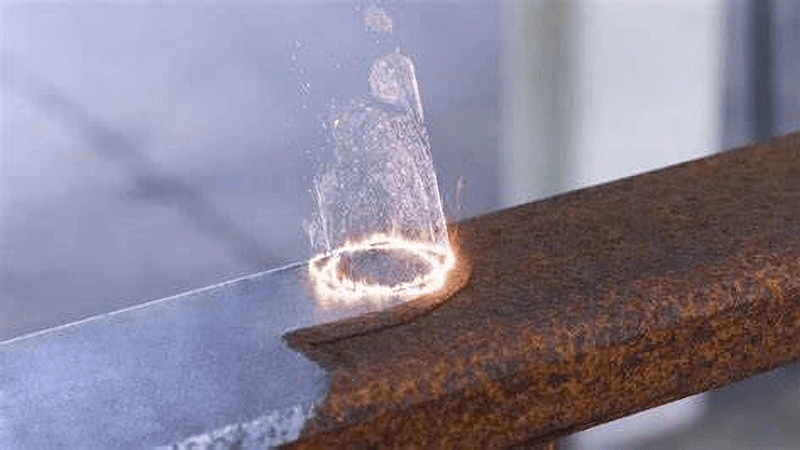
How laser technology offers a superior alternative for rust removal and surface cleaning?
1>. Efficiency and Speed
Laser rust removal is significantly faster compared to traditional methods like sandblasting, grinding, or using chemical agents. The laser beam can be precisely focused on the area to be cleaned, reducing processing time and increasing productivity. The speed is adjustable, which allows operators to tailor the process according to the level of rust and the material being treated.
2>. Non-Contact and Non-Abrasive Process
Laser cleaning is a non-contact method, meaning the laser does not physically touch the surface. This eliminates the risk of wear and tear that is common in abrasive methods. The non-abrasive nature of laser cleaning ensures that the integrity of the base material is preserved, which is critical for sensitive applications like heritage restoration, aerospace components, or delicate machinery.
3>. No Secondary Waste
Unlike chemical cleaning, which generates hazardous waste, or abrasive methods that produce dust and debris, laser rust removal leaves no residue. The process vaporizes contaminants, converting them into harmless gases or easily collectable fine dust. This clean technology is environmentally friendly and reduces the need for additional waste management.
4>. Chemical-Free Cleaning
Laser rust removal does not require the use of chemicals, making it a safer option for operators and the environment. Chemical rust removers often pose health risks and require careful disposal, which involves additional costs and regulations. Laser technology avoids these issues entirely.
5>. Precision and Control by Laser Cleaning
Laser technology allows for precise control over the cleaning process. Operators can adjust the laser's intensity, frequency, and speed to suit different materials and levels of corrosion. This precision is particularly advantageous in applications where maintaining the original surface finish is crucial, such as in automotive restoration, electronics, or artworks.
6>. Applications in Various Industries
Laser rust removal is versatile and can be used in various industries:
- Automotive Industry: For rust removal, paint stripping, and surface preparation.
- Aerospace Industry: For cleaning aircraft components without causing damage to sensitive parts.
- Manufacturing and Production: For maintenance of molds, tools, and machines.
- Cultural Heritage Restoration: For removing rust and corrosion from historical artifacts and monuments without affecting their original surfaces.
- Shipbuilding and Maritime Industry: For removing rust from large metal surfaces and preparing them for painting or coating.
7>. Cost-Effective Over Time
While the initial investment in laser cleaning equipment may be higher than traditional methods, the long-term benefits outweigh the costs. Laser machines require less maintenance, have a longer operational life, and reduce the need for consumables like abrasives or chemicals. This makes them a cost-effective solution in the long run.
8>. Safety and Automation
Modern laser rust removal systems can be integrated into automated systems, allowing for safe, remote operation. This reduces labor costs and minimizes risks associated with manual cleaning methods. Operators can control the cleaning process from a safe distance, further enhancing workplace safety.
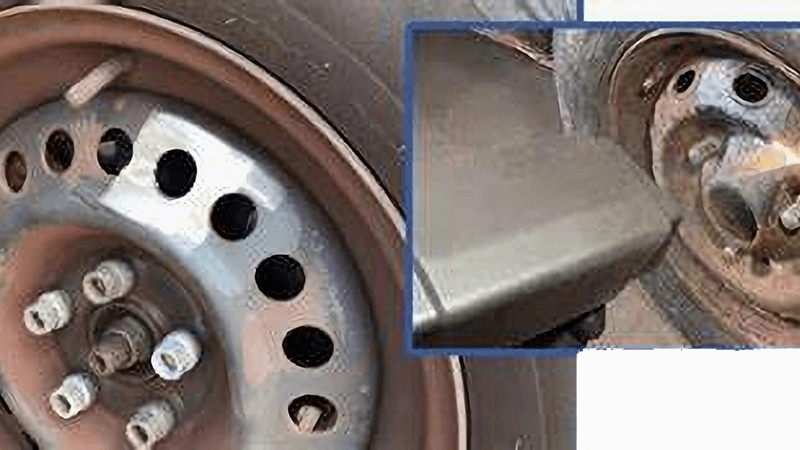
How Does Laser Rust Removal Work?
The concept behind laser rust removal is fascinating yet straightforward. It involves using high-intensity laser beams that are directed at the rusted surface. The laser energy is absorbed by the rust layer, which heats up and vaporizes. This process effectively removes the rust without affecting the base material, such as metal, beneath it.
The science is all about precision. By adjusting the laser’s power, frequency, and duration, I can fine-tune the process to ensure the most efficient removal of rust while safeguarding the underlying surface. This makes laser rust removal highly versatile and adaptable to various materials and levels of corrosion. Discover more about the science of laser rust removal.
Based on the explanation of how laser rust removal works, one could ask: How does the science of laser rust removal ensure both efficiency and safety for a wide range of materials and corrosion levels?
Laser rust removal is underpinned by advanced physics, where the laser's wavelength, pulse duration, and power density are carefully calibrated to target only the rust layer without damaging the underlying material. This process is known as "laser ablation," where the rust, which absorbs the laser energy more effectively than the base material, vaporizes at a high temperature.
Various studies have shown that laser parameters can be finely tuned to achieve optimal results on different surfaces, whether it’s mild steel, aluminum, or more delicate materials. The versatility of laser rust removal technology makes it suitable for use in various sectors, including automotive maintenance, aerospace, and cultural heritage conservation, where traditional abrasive methods could pose risks to the original surfaces. Thus, understanding the scientific principles behind laser rust removal reveals why it is becoming a preferred method for precision cleaning across multiple industries.
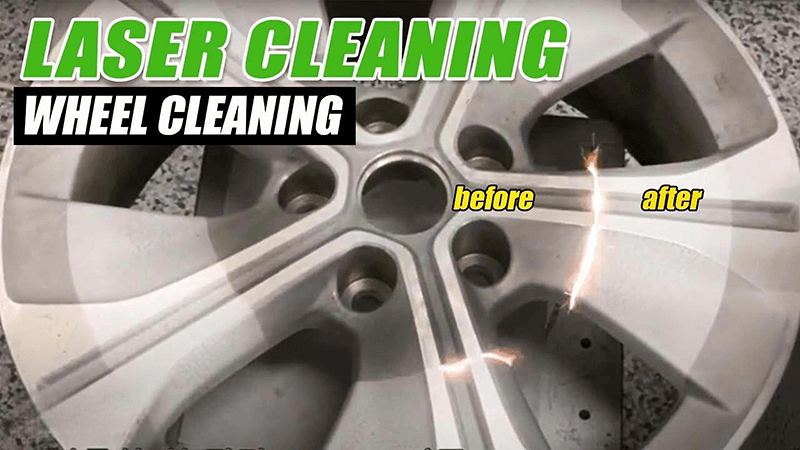
Key Benefits of Laser Rust Removers in Restoration
One of the primary advantages of laser rust removal is its unparalleled precision and control. With a laser, I can target specific areas without affecting adjacent surfaces, allowing for spot cleaning and minimizing waste. This is particularly beneficial in applications like antique restorations, where preserving the original finish is essential.
Another benefit is cost-effectiveness. While the initial investment in a laser rust remover may seem high, the long-term savings in materials, labor, and maintenance far outweigh the costs. The process is faster, cleaner, and requires fewer consumables, which translates to lower operational costs. Plus, it’s eco-friendly—no need for harmful chemicals or waste disposal.
Moreover, laser technology provides several cost benefits that further enhance its appeal as a rust removal method:
- Lower Recurring Costs: Unlike traditional rust removal methods that rely on consumables like sand or chemicals, laser rust removal is a non-contact process that doesn't require such materials. This reduces the costs associated with purchasing and disposing of consumables. The minimal use of consumables and the reduction in waste make it an environmentally friendly option as well.
- Reduced Labor and Maintenance Costs: Laser rust removal can be semi-automated or fully automated, significantly reducing the need for manual labor. Traditional methods such as sandblasting require frequent maintenance due to wear and tear on the equipment, while laser cleaning systems are non-contact and have lower maintenance requirements. This leads to further cost savings over time by minimizing both labor and maintenance expenses.
- High Precision and Safety: Laser rust removal allows for highly precise cleaning without damaging the underlying metal surface. This precision reduces the chances of needing to rework or repair the cleaned surface, saving costs related to repairs or replacement of damaged parts. Moreover, laser rust removal systems can be operated safely with minimal protective gear, lowering costs related to worker safety equipment.
Overall, while the initial investment in laser rust removal equipment can be higher, the reduction in consumable costs, labor, and maintenance makes it a cost-effective solution in the long run. The combination of precision, eco-friendliness, and cost savings makes laser rust removal a compelling choice for many applications, from industrial uses to delicate restorations.

Real-World Applications in Restoration
Laser rust removers aren't just theoretical marvels—they have real-world applications in various fields. From automotive restoration to industrial maintenance and even cultural heritage preservation, these tools are transforming how we approach rust and corrosion removal. For example, I have seen our machines breathe new life into vintage car parts, making them look factory-fresh without damaging the original metal.
Similarly, in the world of cultural heritage restoration, where preserving the original material is paramount, laser rust removers offer a safe, non-invasive solution. The technology allows conservators to remove decades—sometimes centuries—of corrosion without touching the precious artifact beneath. Explore more case studies on laser rust removal.
Common Misconceptions about Laser Rust Removers
There are several myths floating around about laser rust removal, such as concerns about safety, cost, and usability. Let me set the record straight: modern laser rust removers, like the ones we offer at Kirin Laser, are designed with user safety and ease of use in mind. They come equipped with safety features, including enclosures and fume extractors, making them safe for indoor and outdoor use.
Moreover, while the upfront cost might be higher than traditional methods, the savings in time, labor, and long-term maintenance make them a wise investment. And, for those who think laser rust removal is only for large-scale industrial applications—think again! There are models suitable for small workshops and even mobile use. Get more facts on laser rust removal here.
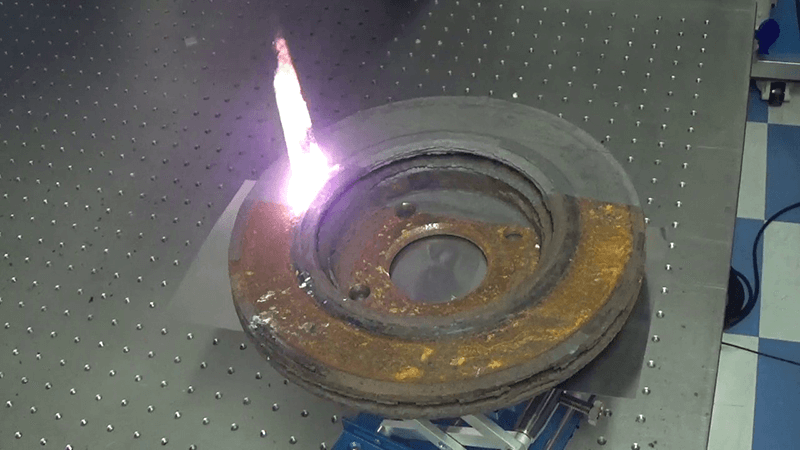
Frequently Asked Questions (FAQ)
- What materials can be cleaned with laser rust removers? Metals, stone, and even certain types of plastic.
- Is laser rust removal safe for delicate surfaces? Absolutely! The process is non-contact and adjustable to prevent damage.
- How does it compare to chemical rust removers? It’s cleaner, safer, and more efficient without the need for harmful chemicals.
- Can laser rust removers be used for large-scale projects? Yes, there are models designed for both small and large-scale applications.
- What maintenance is required for a laser rust remover? Regular lens cleaning and system checks ensure optimal performance.
- Are laser rust removers suitable for small businesses? Definitely! There are compact models available that are perfect for small-scale operations.
Conclusion
Laser light rust removers represent a revolutionary step forward in the restoration industry. They offer precision, efficiency, and eco-friendliness that other methods simply can't match. If you're looking to restore your projects with a clean, safe, and effective method, a laser rust remover is the tool you need to consider.
Feel free to reach out to us at Kirin Laser for more insights into how this technology can benefit your restoration work!
References:
1>. "Laser cleaning with continuous-wave vs. pulsed fiber lasers", from Laser Focus World.


